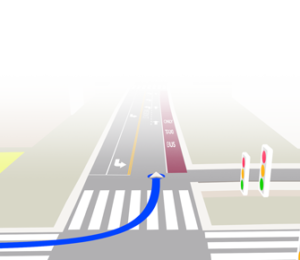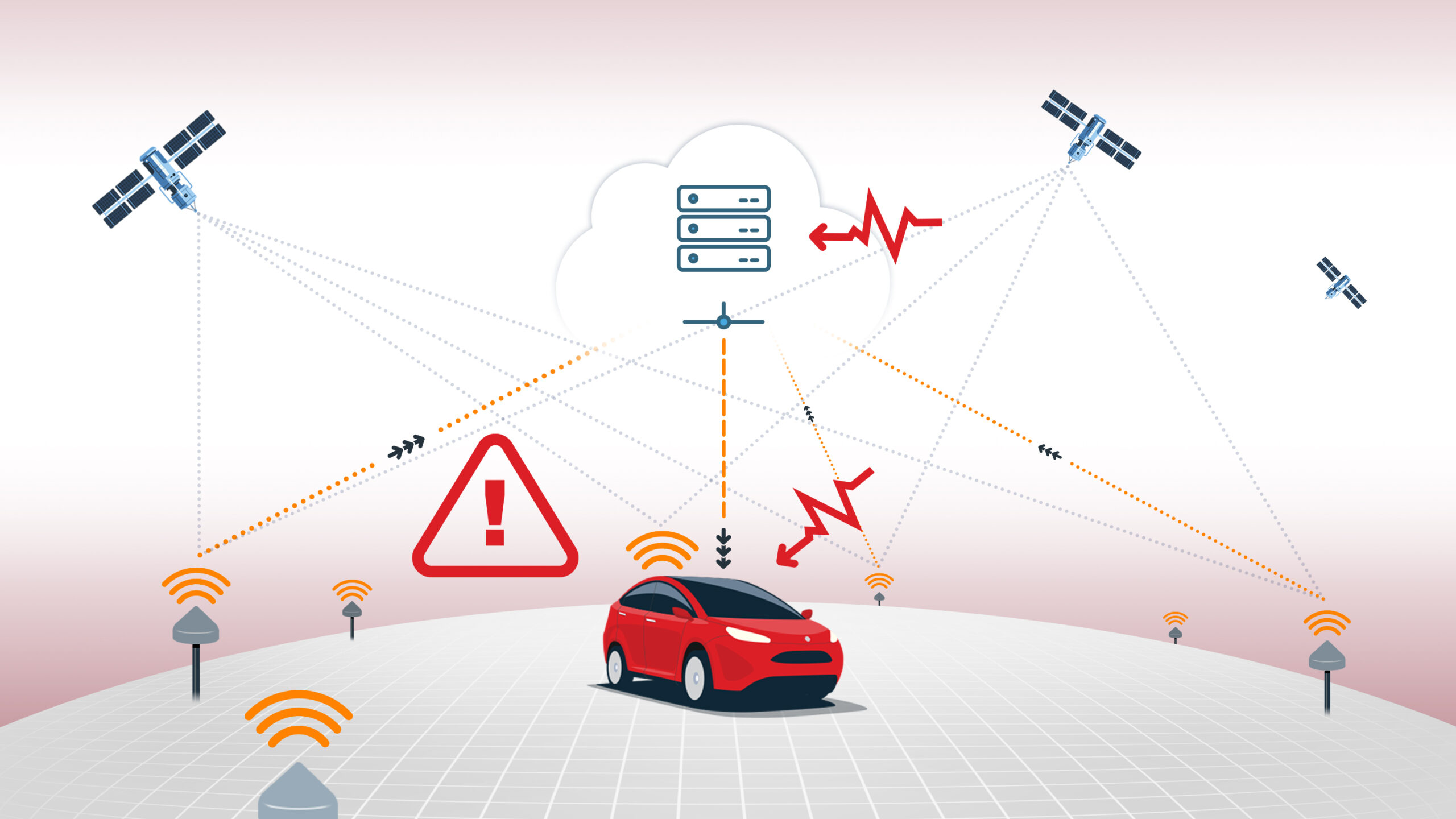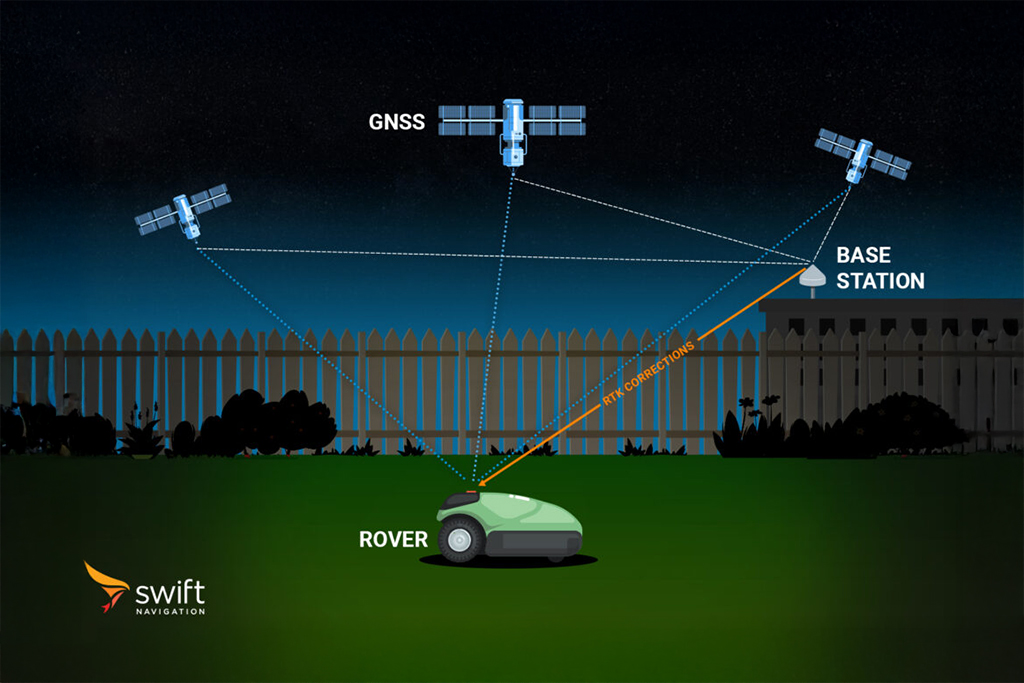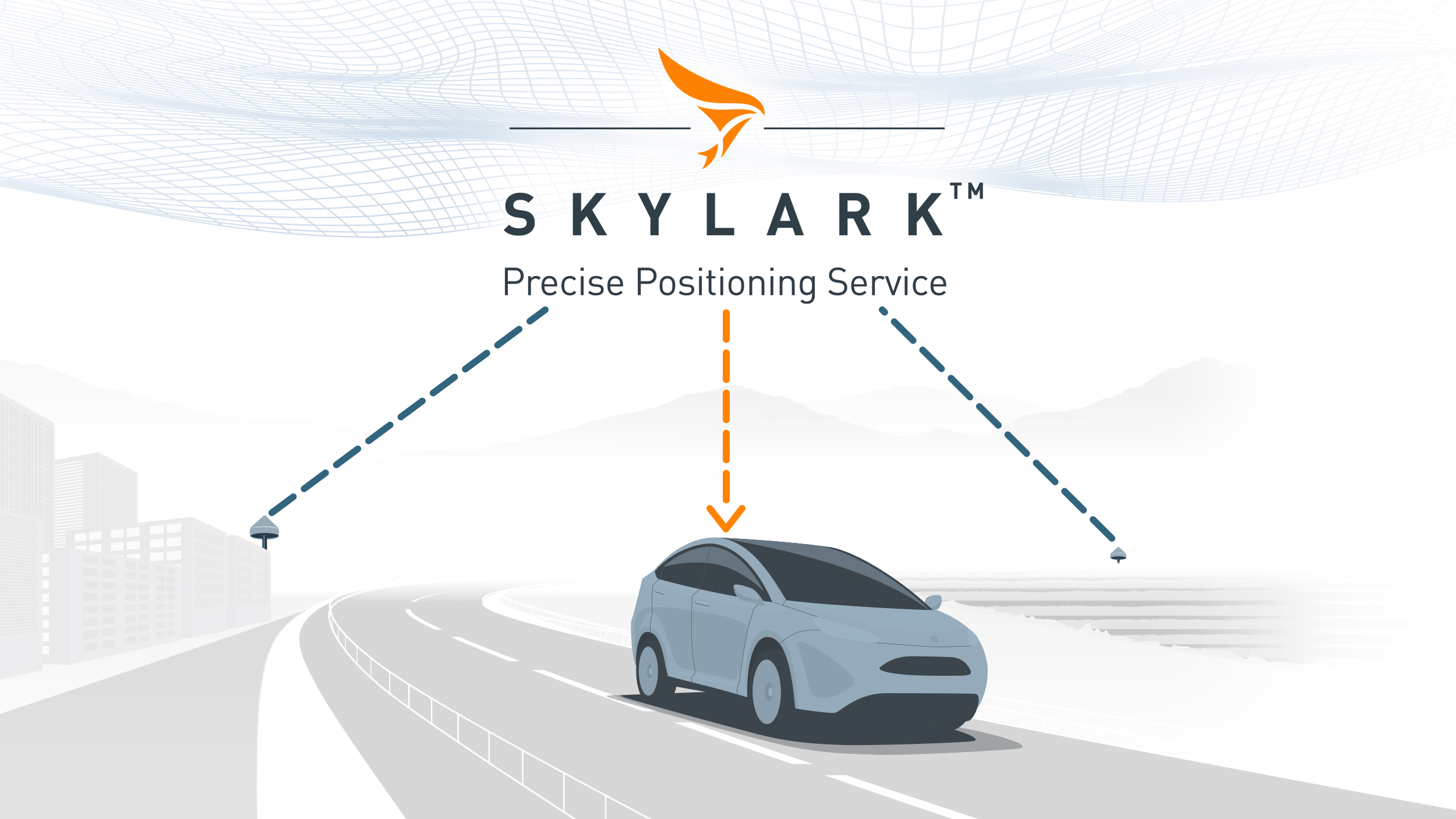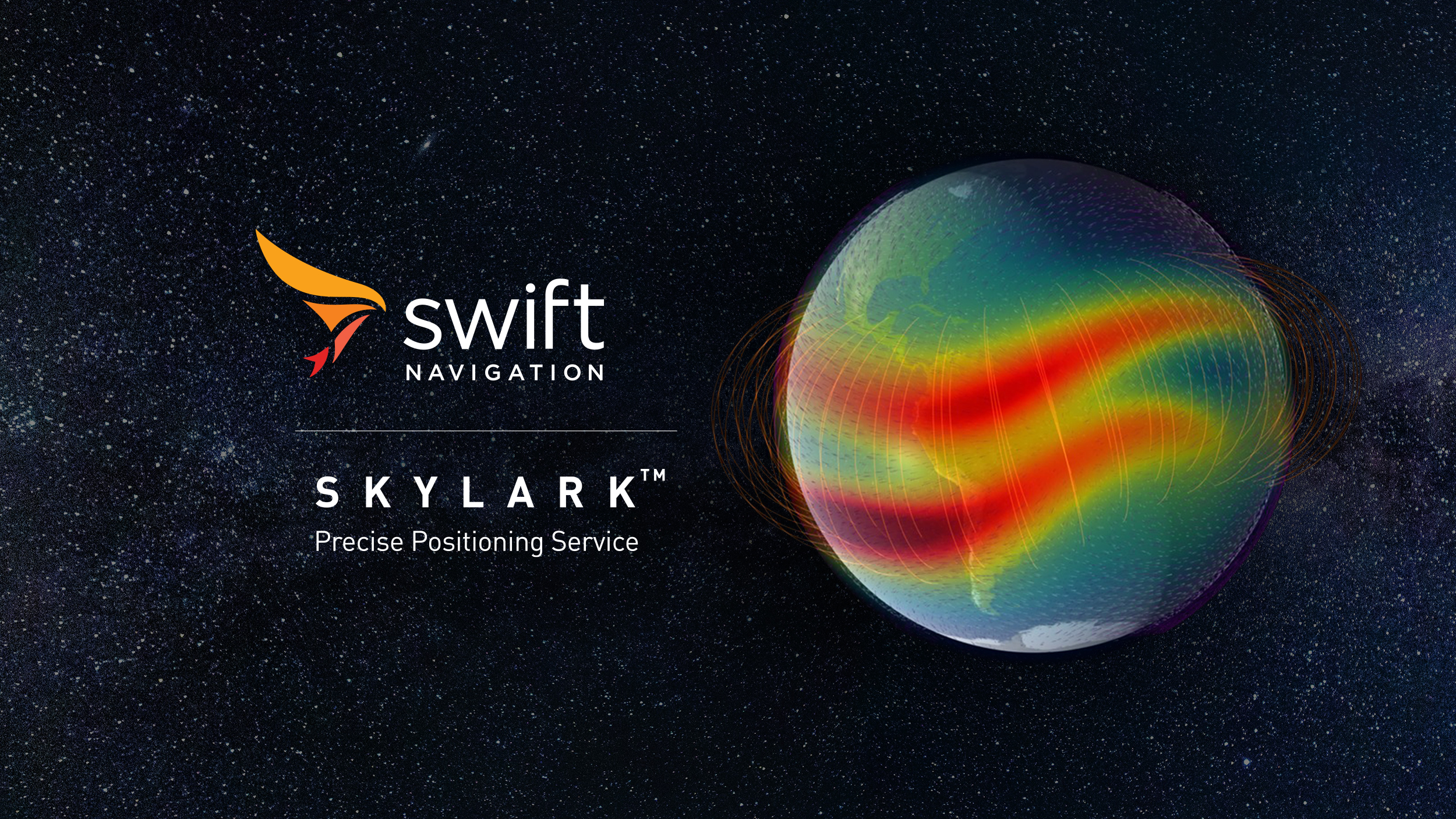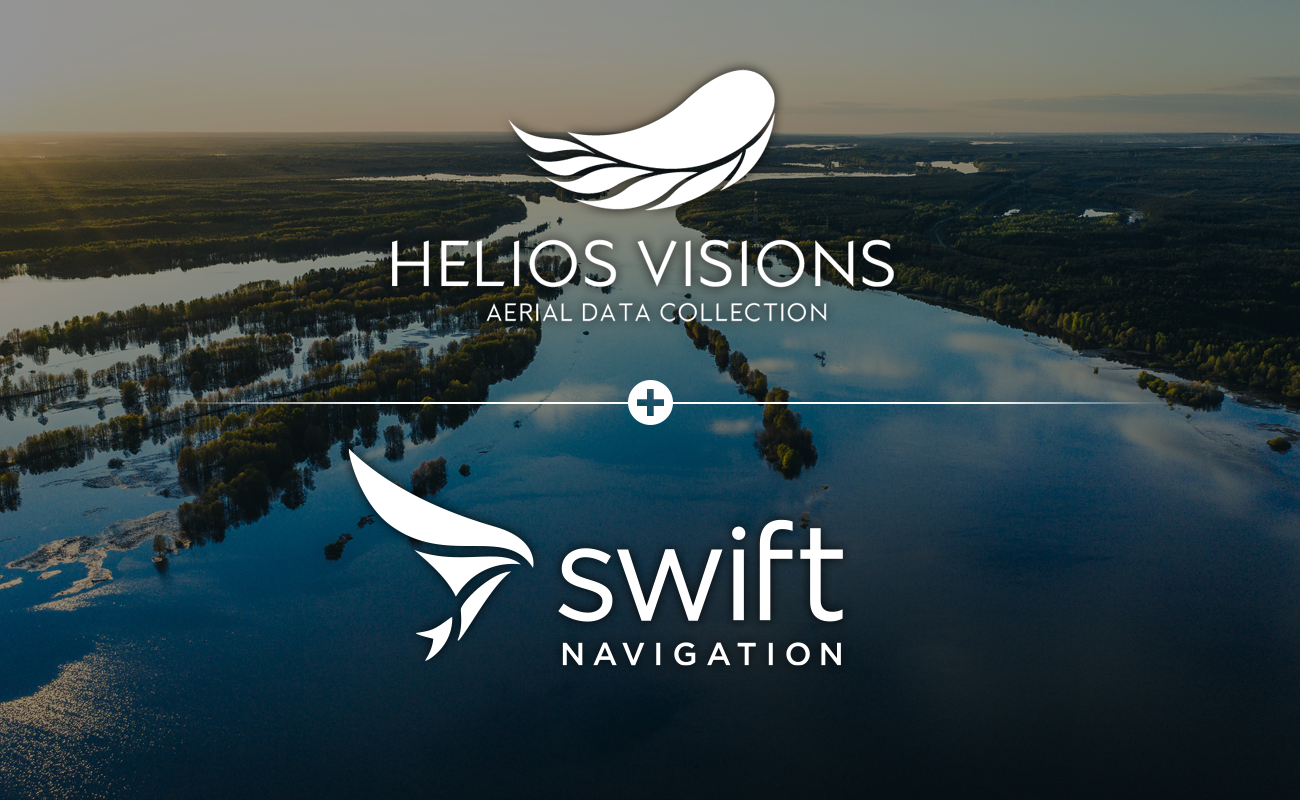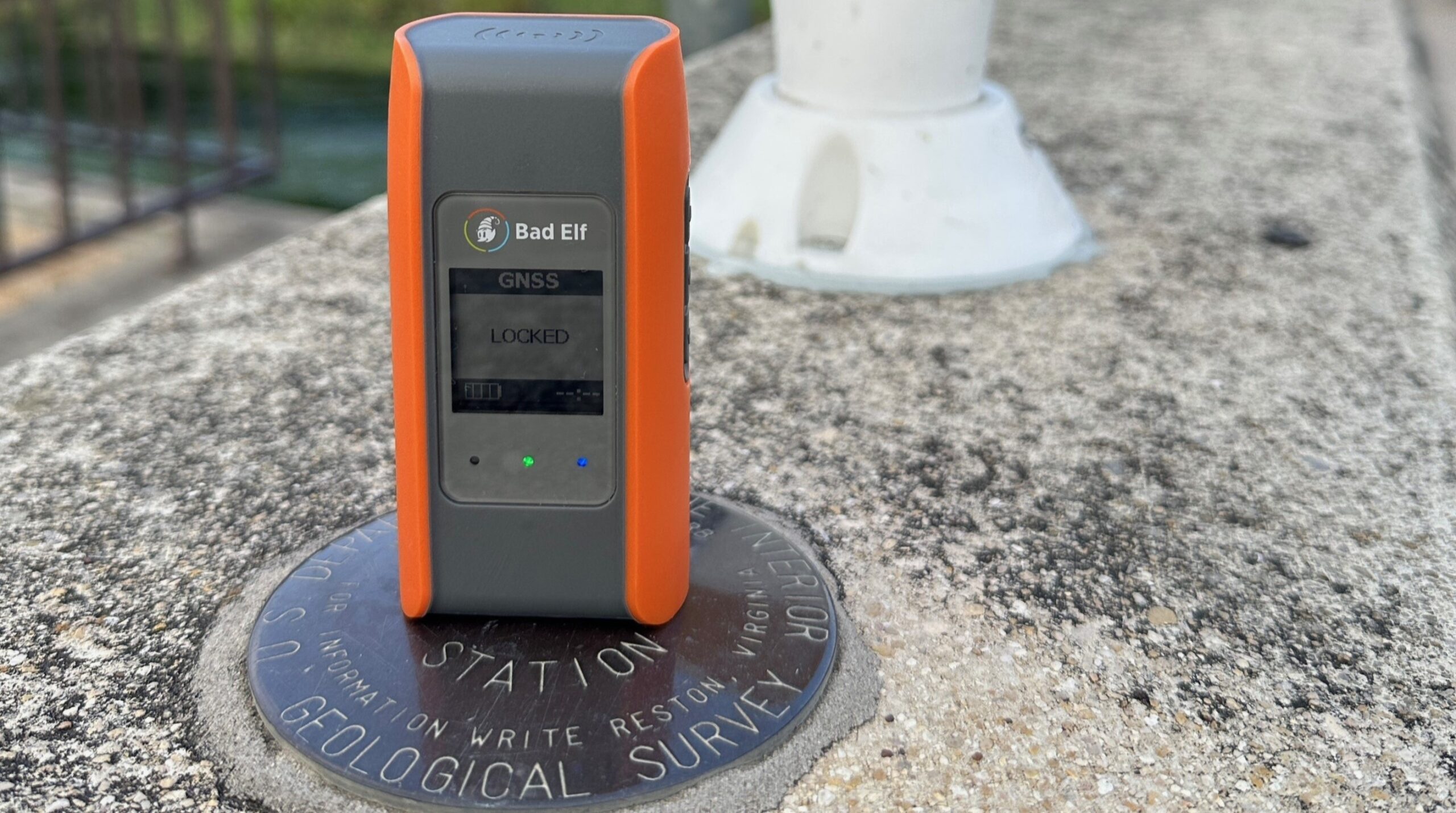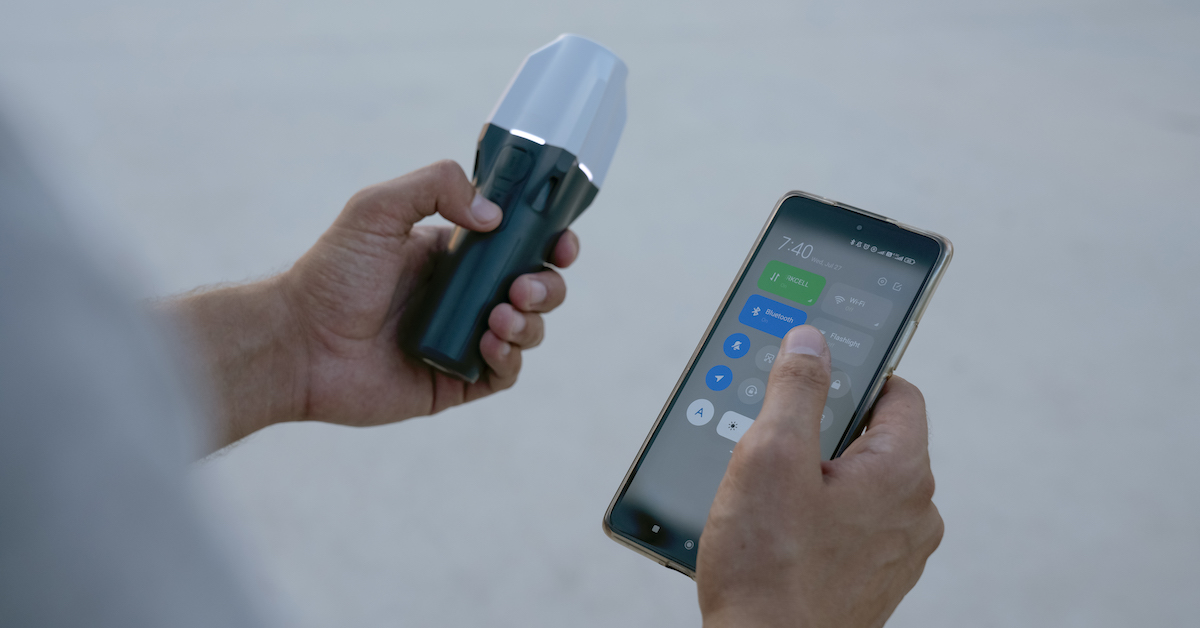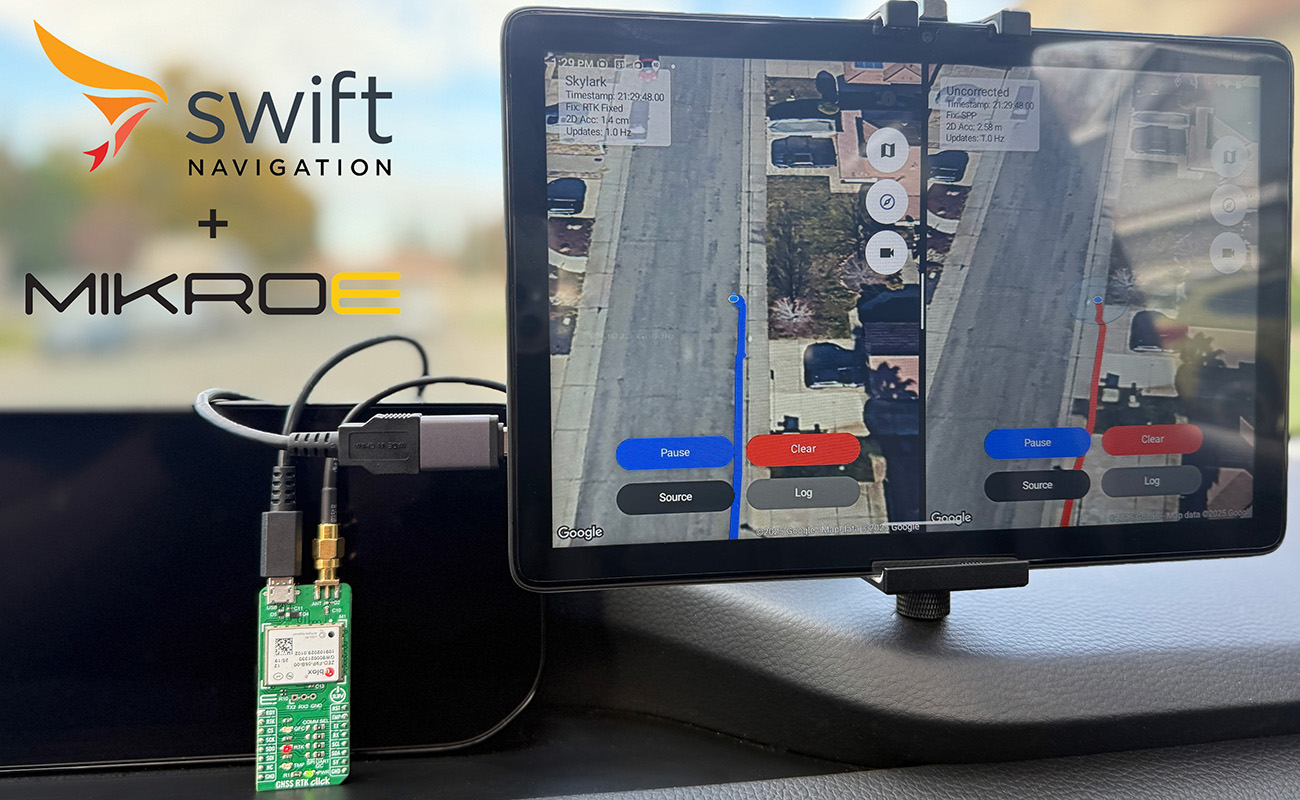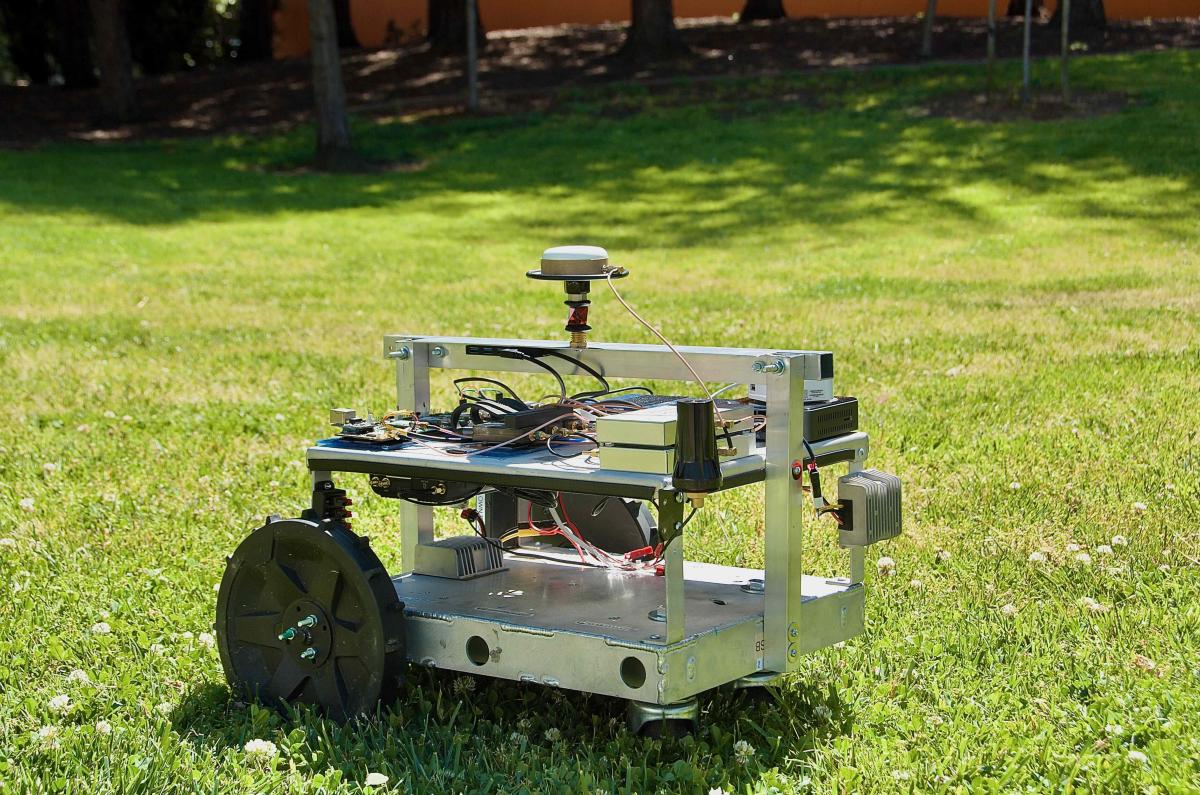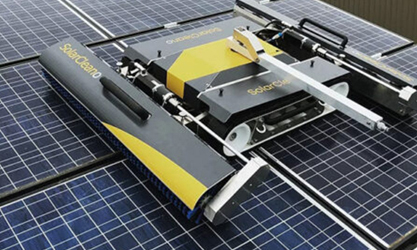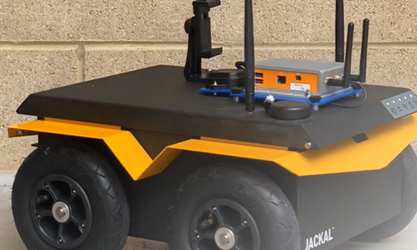What is PPP-RTK?
PPP-RTK is a hybrid GNSS correction technique that combines the global coverage and flexibility of Precise Point Positioning (PPP) with the rapid convergence and centimeter-level accuracy of Real-Time Kinematic (RTK) methods. Standard PPP uses precise satellite orbit and clock corrections, typically derived from a global network, to enable a single GNSS receiver to achieve decimeter to centimeter-level accuracy anywhere in the world. However, PPP alone often suffers from long convergence times, sometimes 30 minutes or more, before high accuracy is achieved.
PPP-RTK addresses this limitation by supplementing PPP corrections with additional real-time information from a regional network of reference stations, such as atmospheric (ionospheric and tropospheric) corrections and satellite phase biases. This enables rapid ambiguity resolution, allowing the receiver to fix carrier phase ambiguities as integers, which is key to achieving fast, reliable centimeter-level positioning.
Unlike traditional RTK, which requires a dense local network and is limited by baseline distance, PPP-RTK can deliver high accuracy over much larger areas, even hundreds or thousands of kilometers from the nearest reference station, making it ideal for applications like autonomous vehicles, precision agriculture, and surveying in remote regions. The technique is also known as “network PPP with integer ambiguity resolution” and is supported by modern GNSS augmentation services and standards such as RTCM State Space Representation (SSR) messages.
Advantages of PPP-RTK:
- Fast Convergence: Significantly reduces the time to achieve centimeter-level accuracy compared to traditional PPP, often down to seconds or a few minutes.
- Wide-Area Coverage: Offers high accuracy over much larger geographical areas than traditional RTK, which is limited by the distance to a local base station. This makes it suitable for applications in remote or expansive regions where dense RTK networks are impractical.
- High Accuracy: Delivers centimeter-level positioning, comparable to or even surpassing traditional RTK, by resolving carrier phase ambiguities.
- Single Receiver Operation: Like PPP, it generally requires only a single user receiver, simplifying equipment setup and reducing costs compared to traditional RTK setups that need a local base station.
- Robustness: Benefits from the global and redundant nature of PPP, offering a more robust solution less susceptible to individual reference station failures than local RTK.
Disadvantages of PPP-RTK:
- Data Transmission Requirements: The additional real-time correction data (e.g., ionospheric and tropospheric information) can increase data load, usually requiring internet connectivity for efficient transmission.
- Complexity: The underlying algorithms for PPP-RTK are more complex than basic PPP or RTK, requiring sophisticated processing capabilities in the receiver or correction service.
- Signal Obstruction Sensitivity: Like all GNSS techniques, performance can be degraded in environments with significant signal obstructions (e.g., urban canyons, dense foliage) which can affect the reception of satellite signals and correction data.
Te learn more about the various GNSS correction methods, including PPP-RTK, read our blog What are the Different GNSS Correction Methods?
Related Content
GNSS Basics

Devon Sharp

Marwan Ramadan

Marwan Ramadan

Devon Sharp

Devon Sharp

Marwan Ramadan

Devon Sharp

Marwan Ramadan
GIS

Devon Sharp

Devon Sharp
ROBOTICS

Marwan Ramadan

Emilee Pierce









